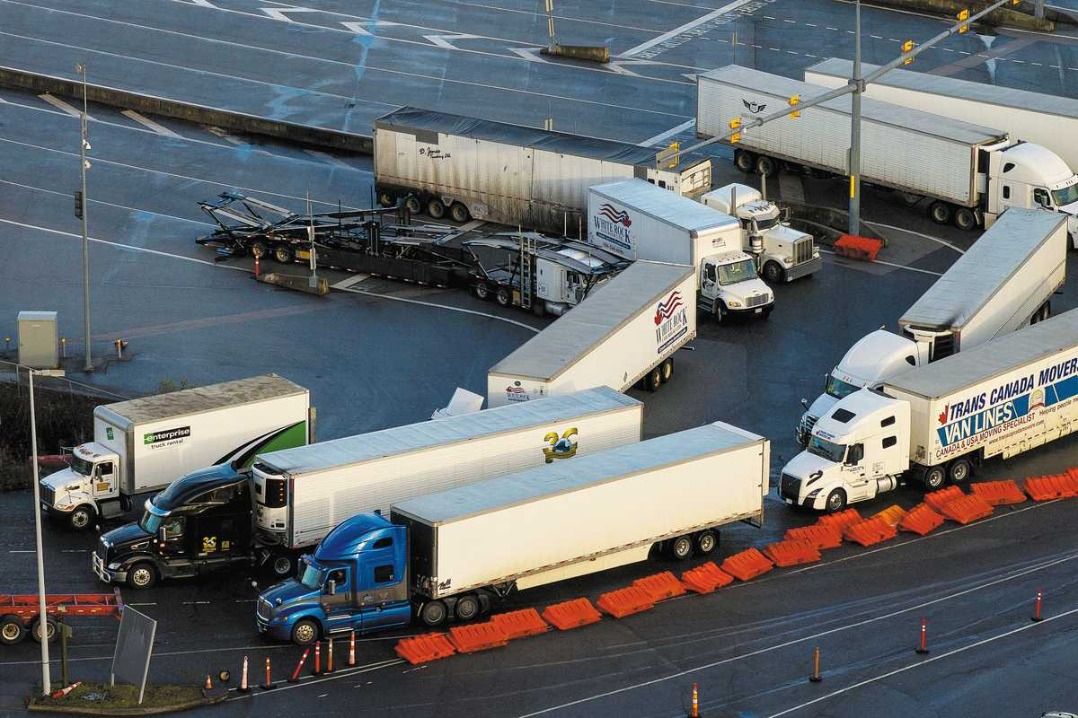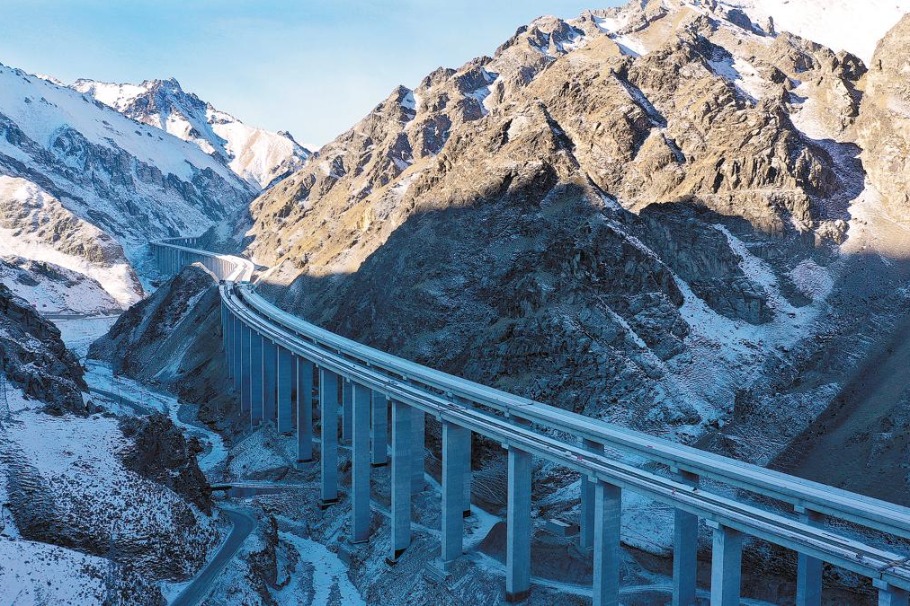Tech innovations present potential to accurately predict future earthquakes
By Barry He | China Daily Global | Updated: 2024-01-22 10:02

The last few weeks in Japan have shown just why it is so important to develop more sophisticated earthquake early-warning systems. The last few decades have traditionally relied upon seismology sensors, which detect vibrations coming from below the ground.
New technologies are emerging with artificial intelligence, which can predict when the next big event may occur. Spatial Probability Assessment, or SPA, calculates the future distribution of earthquakes of a certain magnitude in a specific area.
In one seven-month trial in China, AI algorithms predicted 70 percent of earthquakes a week in advance, handing enough time to evacuate the majority of an area and prepare emergency services. As many as 14 of the forecasted warnings happened within 200 miles, or 321 kilometers, of estimated locations, roughly also matching the anticipated magnitude intensity of the geological event.
The technology is far from being polished, however, missing one earthquake completely, while issuing eight false alarms. A 70-percent accuracy, nevertheless, is a huge improvement in such a complex and challenging area of high stakes geology. Earthquakes can unleash sudden catastrophic violence in a matter of milliseconds, and sometimes with no warning at all. Any new developments that can preserve human life and minimize economic damage will be welcome to many areas of the world sitting in high-risk tectonic zones.
Locations such as California, Japan and Texas have an extensive history of seismic data, which can calibrate AI so specifically that researchers are confident they can predict future events to within several kilometers. Texas, in particular, experiences high rates of tectonic movements and has more than 300 listening stations that can feed into AI learning systems.
The hope is that by learning as much as possible in areas of high earthquake activity, eventually broader physics-based models will be able to be applied to other at-risk areas. The Cascadia region, which covers from Vancouver all the way down to northern California, is considered to be at high risk, even though the last earthquake that happened there occurred several hundred years ago.
The explored risk of future earthquakes in previously seemingly inactive areas is of utmost importance. The Cascadia region, in particular, was only officially flagged during the late 1980s, when scientists found evidence of entire ghost forests from tree stumps found to have been killed by a sudden influx of seawater, roughly in the 1700s.
The actual methodology behind developing AI early warning systems is relatively straightforward. Statistical and seismic features of previous earthquake events were fed to the AI learning system, which was then instructed to teach itself how to recognize future events based on five years of historical data.
Preliminary results are encouraging, and a future in which AI listening posts can warn local authorities before disaster strikes will be a huge step forward in municipal safety. Similar AI initiatives exist for other natural catastrophes. Weather sensor data is being used to predict hurricane occurrences and volcano eruptions, which can suspend commercial flights on a global scale.
























